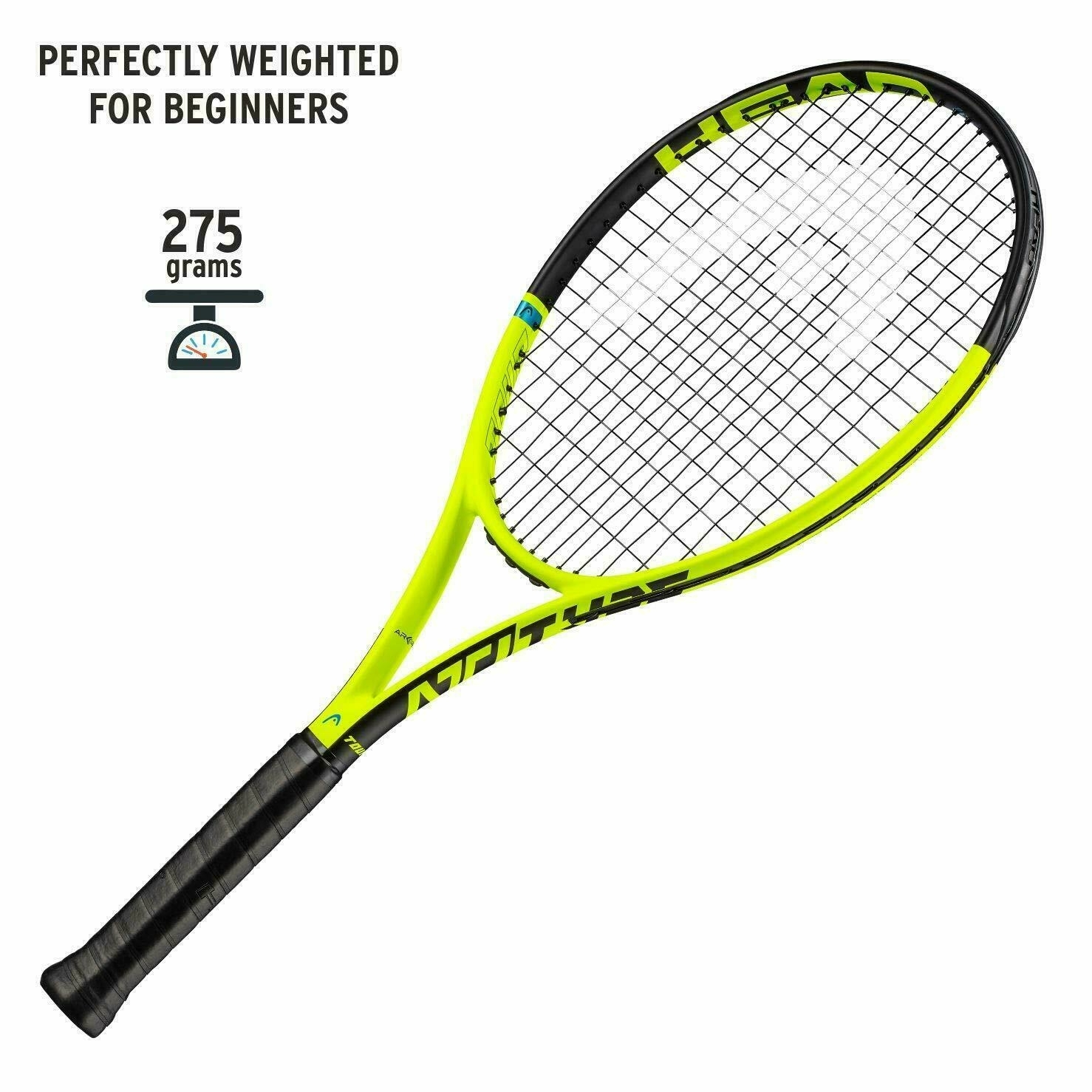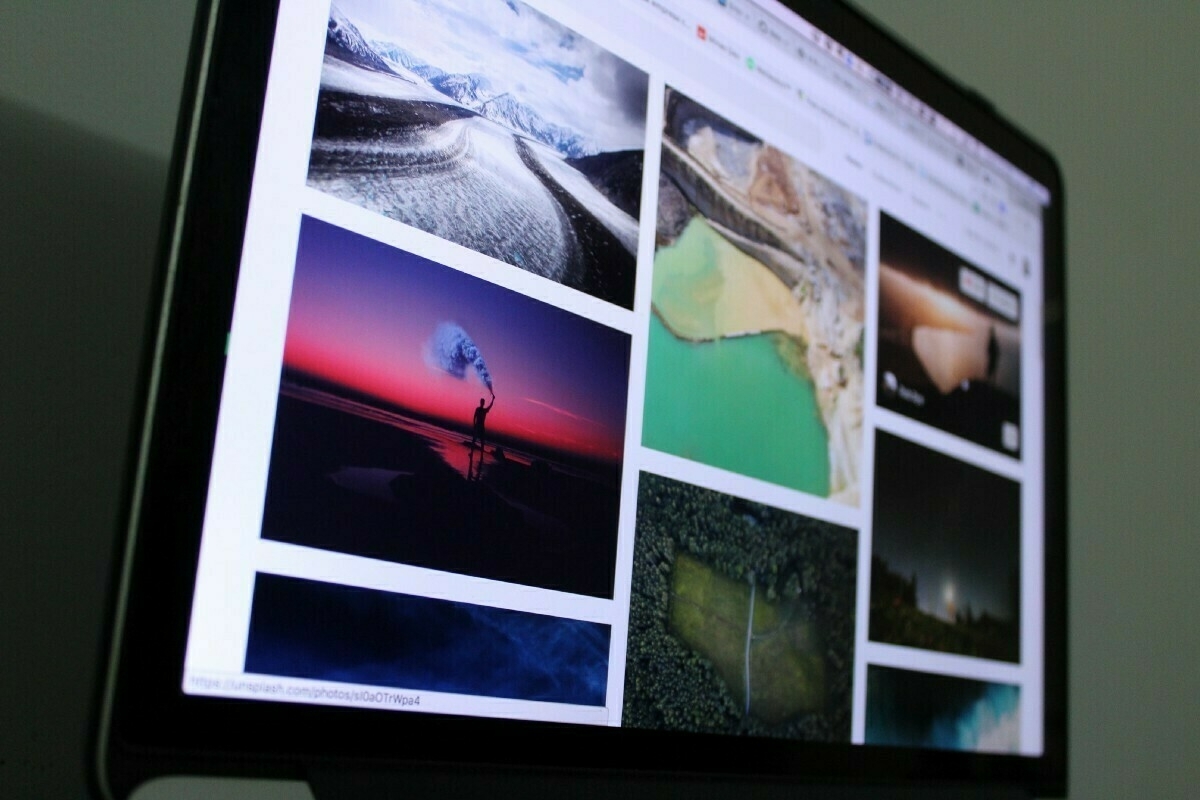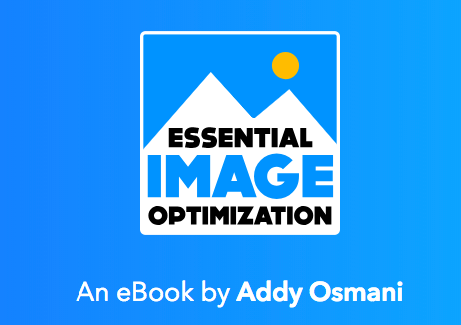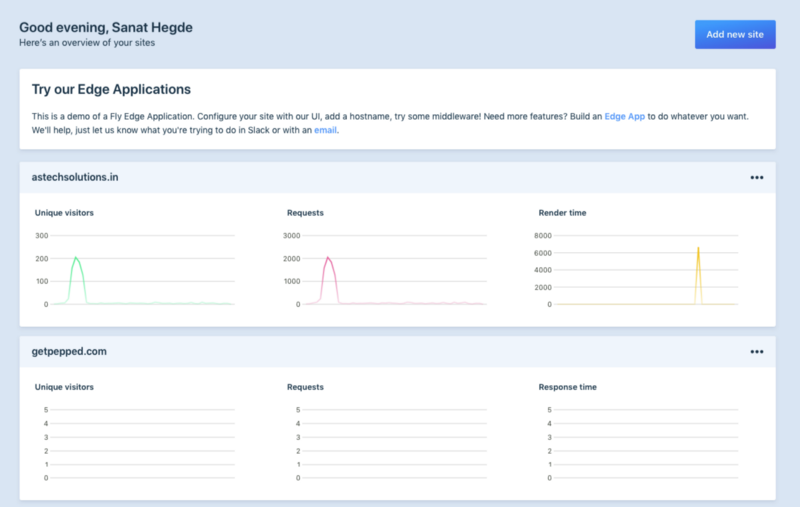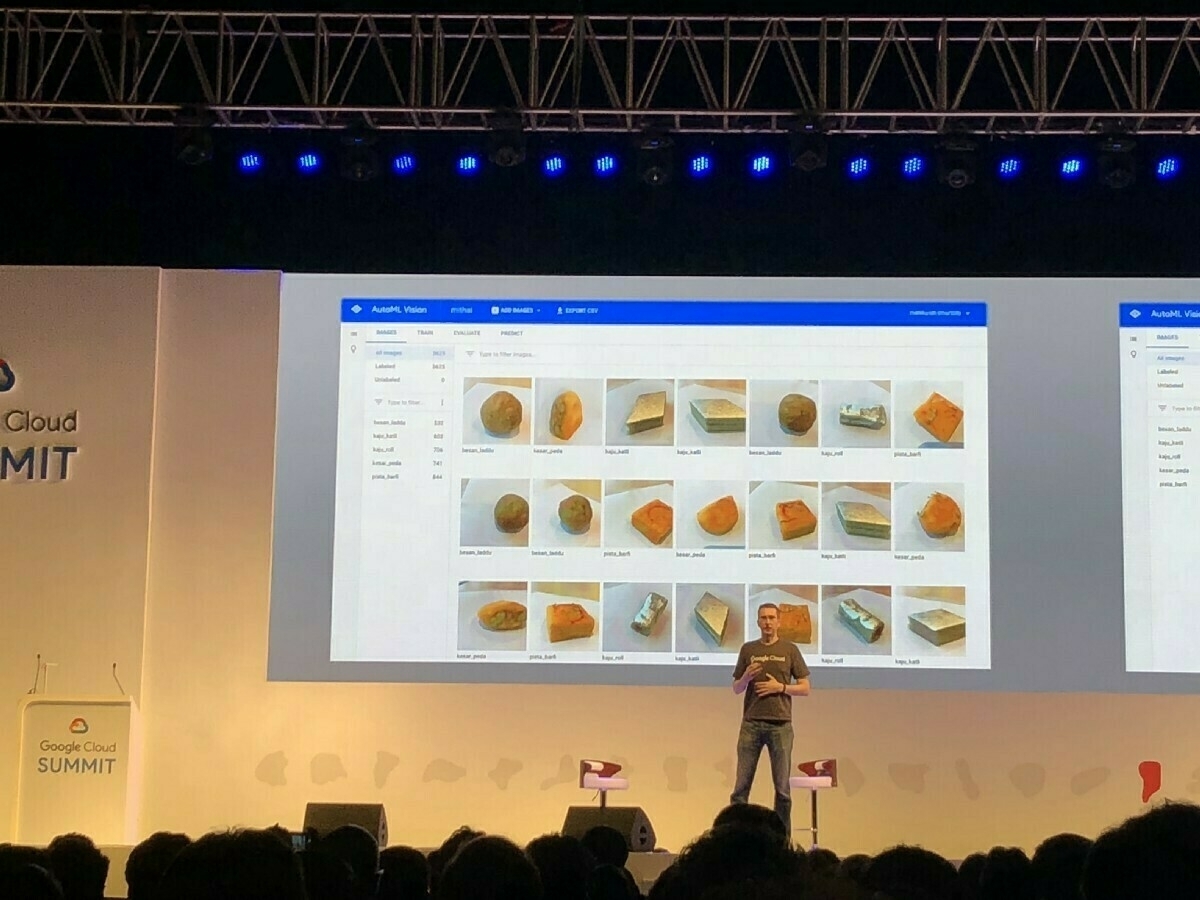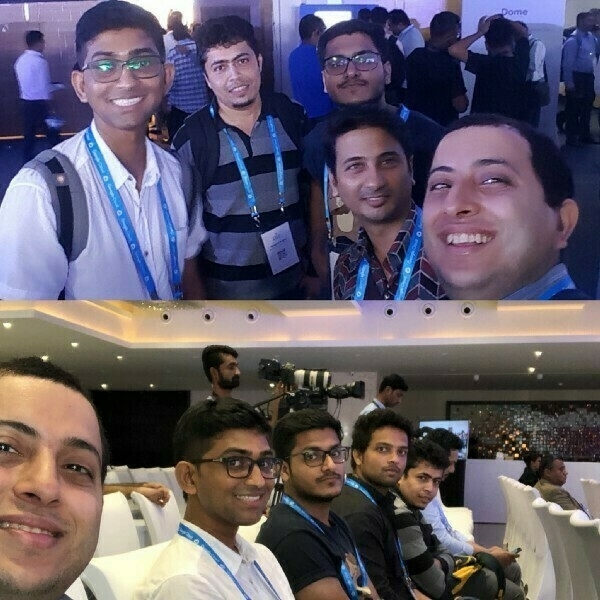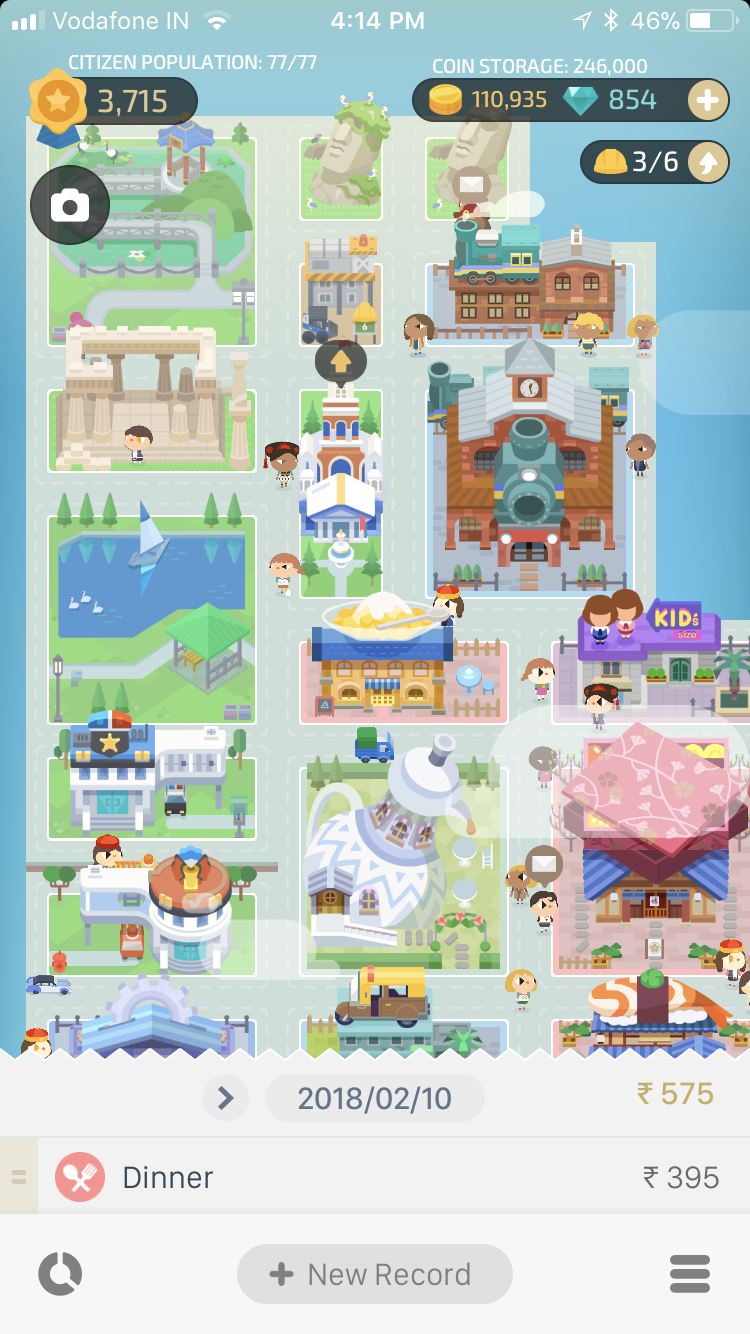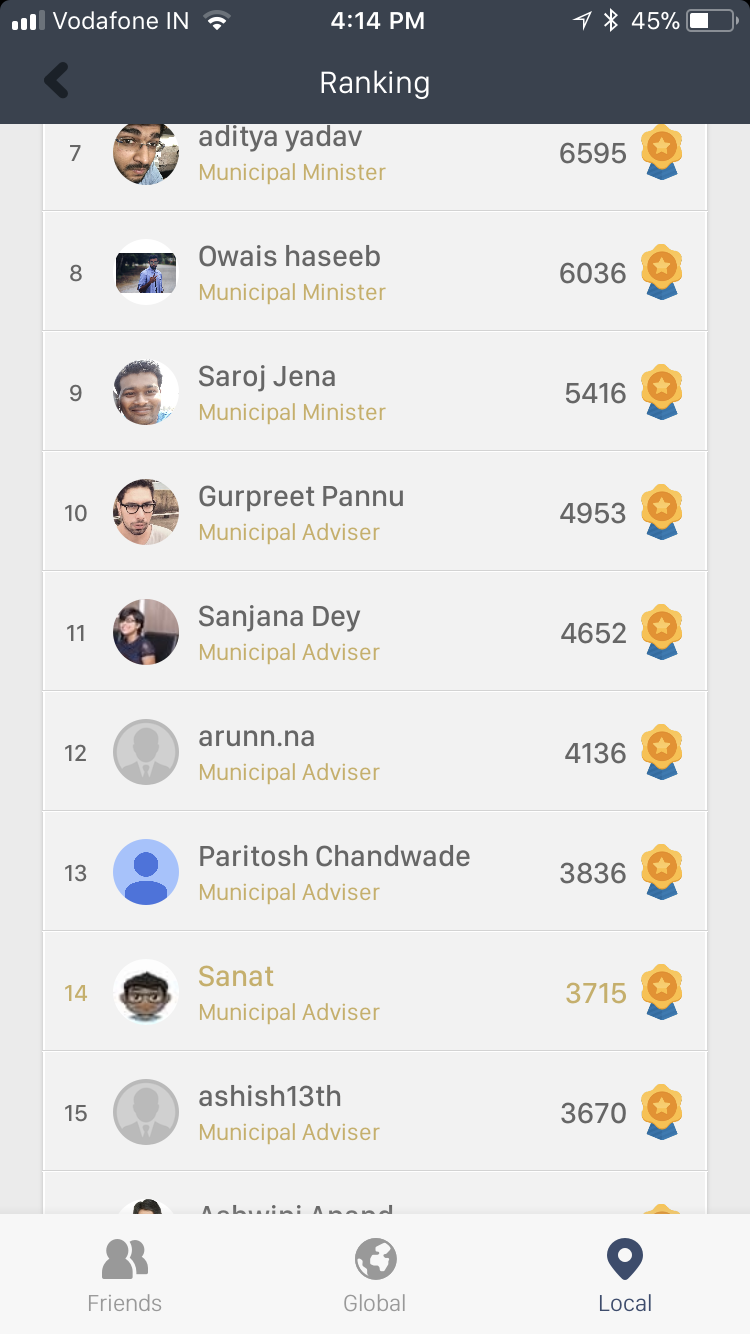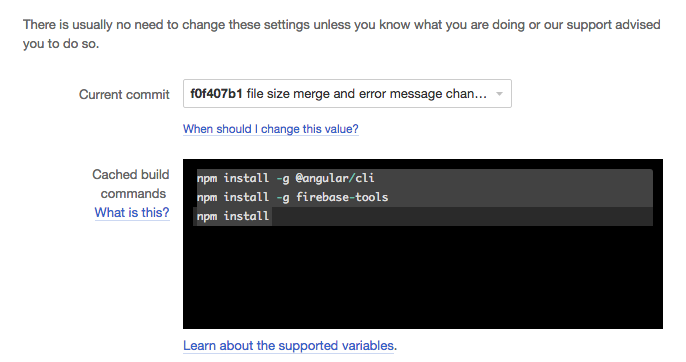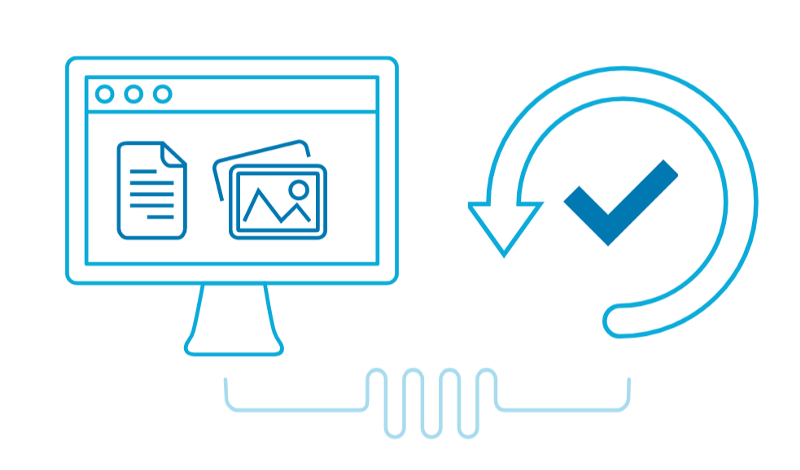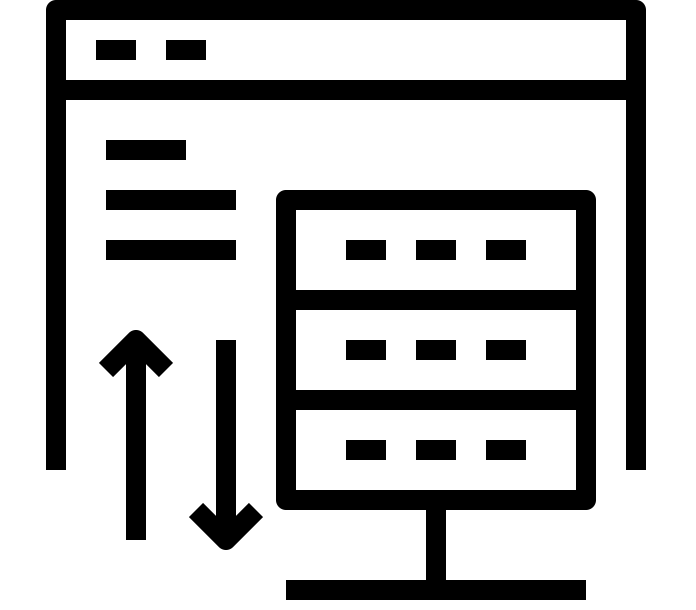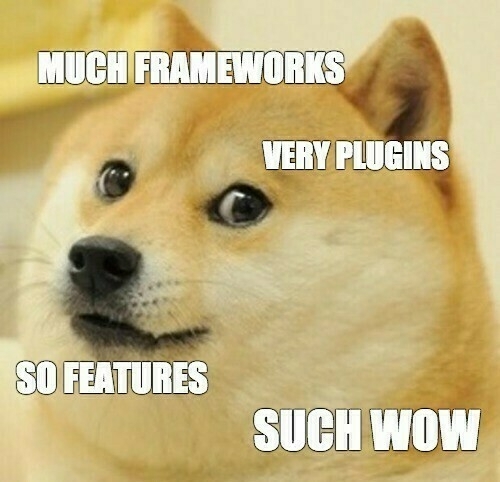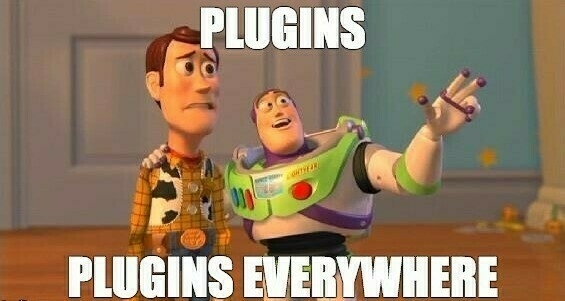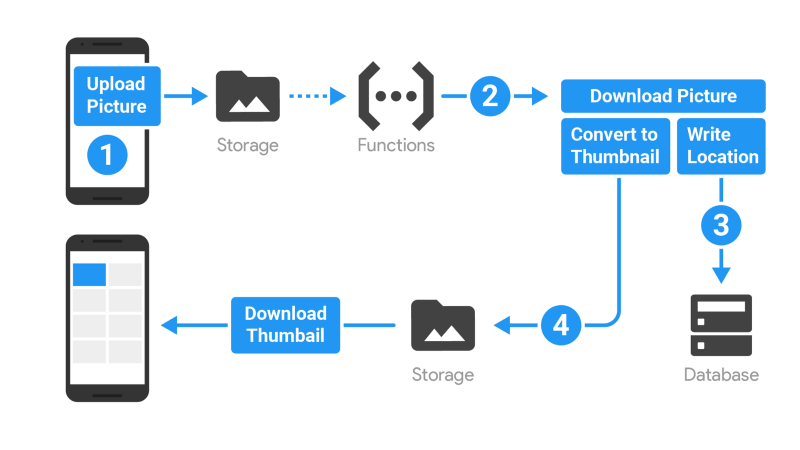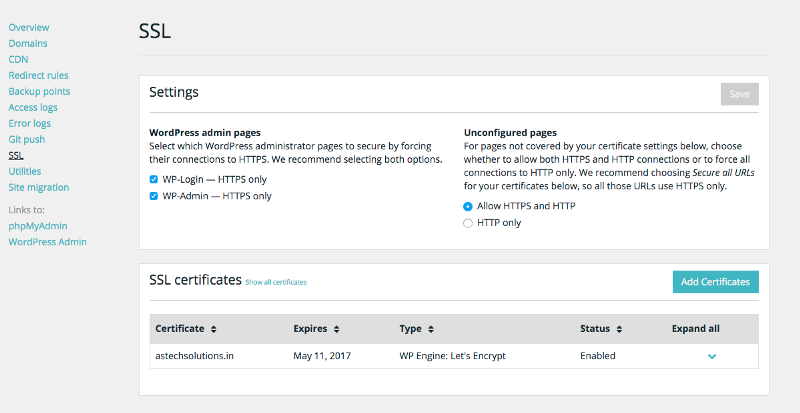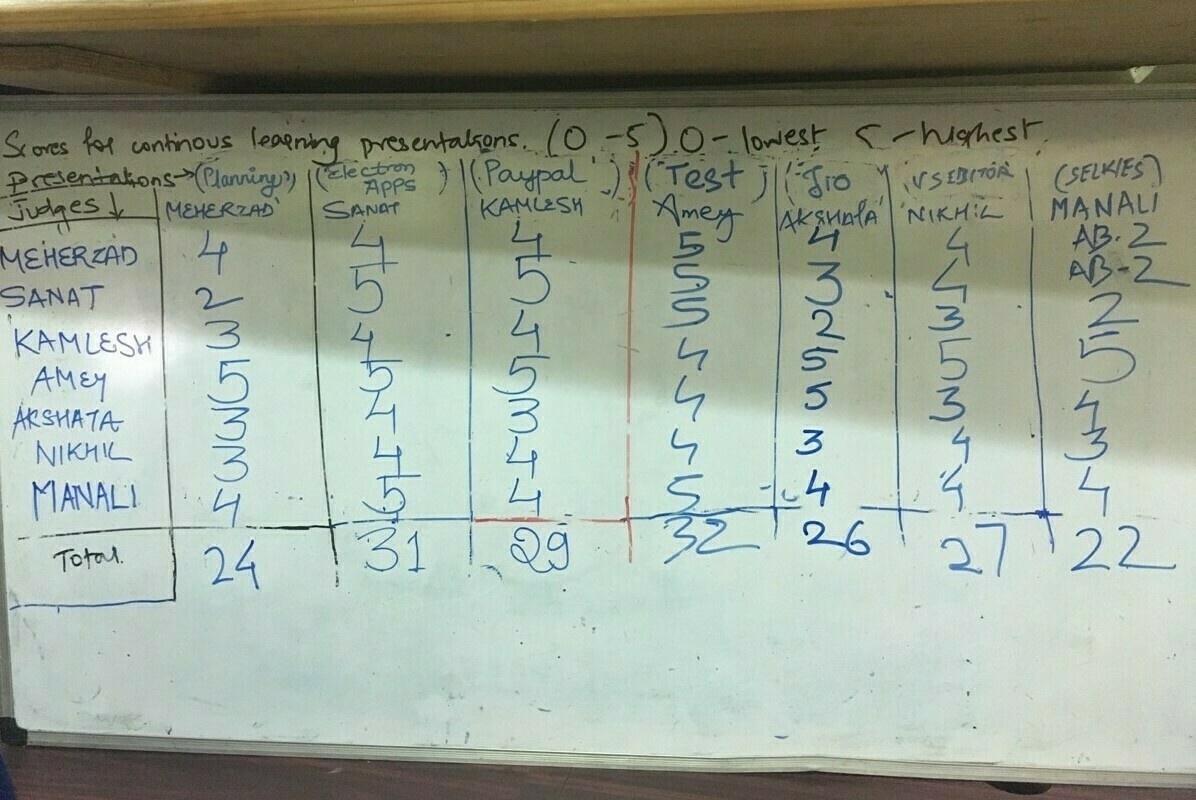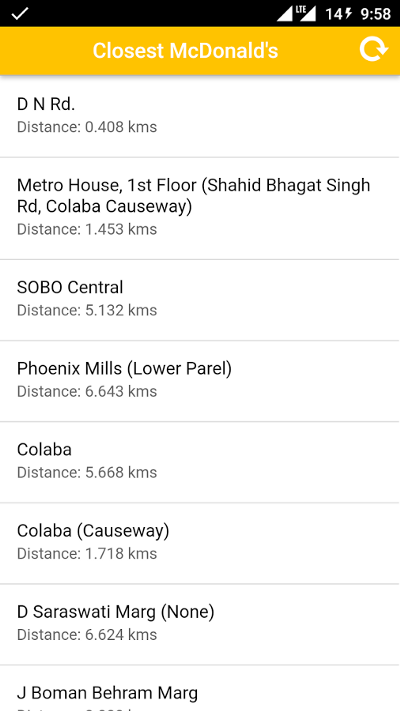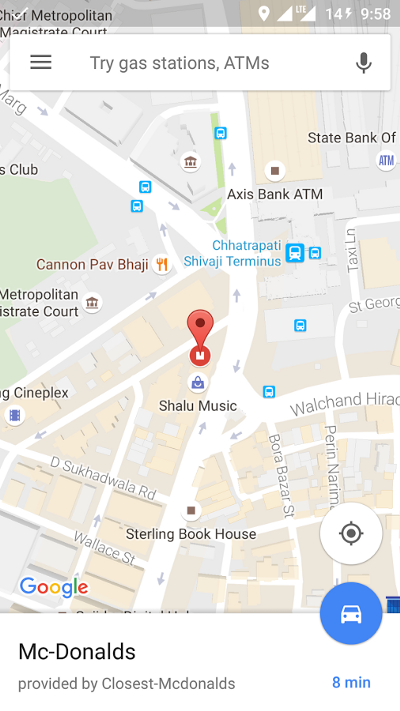Sanat Hegde and Sunil Shenoy on side projects
You can listen to us here
Transcript:
#5 - On Side Projects
Sanat: Hello. Hello, welcome to the Sanat and Sunil show, I’m Sanat.
Sunil: Hi I’m Sunil.
Sanat: today we want to talk about why you should be starting a side project.
Sunil: And also about the side projects that we have done, so far.
Sanat: some of our learnings about side projects
Sunil: so why start side projects? One of the reasons for me has to be that. There’s so many new things on the internet be it JavaScript frameworks, be it new languages. You come across all these tools like, Hey, CloudFlare has released cloud workers there are new hosting platforms.
Sunil: And it’s always good to keep experimenting with these tools or just learn it because at the normal. Nine to five job or the projects that I currently work on for money. Most of these projects need a stable platform,
Sunil: I want to bet on technologies, which have been there for a long time, but I also want to see what the latest and greatest is and side projects for me. have been the go-to place where maybe I could build an API using Go and I could use serverless. And in the next two years, when my actual job requires that we build a serverless API for whatever reason, like if there was a use case for that, I could base that on that experience.
Sunil: It’s a good place to learn and experiment.
Sanat: I think learning is super critical, right? You have to constantly find things that improve you and at least make you slightly better. And reading about something is not the same as working with it. Both of us, when we start reading about something, we want to start using it. Side projects are a great way to use something it’s like a small.
Sanat: That you can make, you can see whether this works or not, or how it works for you without it affecting your primary stream of work. That’s the prime motivation for me, to learn something. It’s best to try something, in a real use case where you are able to publish that out.
Sanat: Productionize it at least put it out in the world.
Sunil: The thing that you mentioned, to put it out there into the real world, that has to be the most critical part of a side project, because if you keep. Building on your local machine. If it’s not a product or a tool that someone is using, then the motivation to keep working on it.
Sunil: That goes down.
Sunil: Maintaining it though. That’s a different topic altogether.
Sanat: so so the important thing is to start working on something. That’s something that takes motivation to use something that you’re not super comfortable with already. And then building something that somebody will actually use.
Sanat: Something that you put out in the world and then at least shared with your friends, your folks you work with, and then they’re able to see what you’ve built. And that’s building credibility for yourself that you are somebody who builds things. This philosophy is something that we’ve tried before as well. Sunil and I independent MC tried to work on fact-check bot. If you forward a message to this bot, it would search on a particular API and then return whether this fact looked like it was true or false. And it’s very easy to build something on top of existing APIs.
Sunil: It was a good way of also learning some new languages that I wanted to experiment with. One of those things was Vue.js. I think we started with Vue.js And then we moved on to Next.js and Vercel to host it and Vercel, had a API serverless thing built into it. When you searched for some keyword, it would make an API call to Google and Google had a data checking API, so you could send keywords. And Google would tell you if the particular fact that you’re looking for, it was true or false, and we would build the search page accordingly.
Sanat: So basically a search results page. On top of Google’s fact-check API. This is also one of my philosophies in life. That usually the thing that you want to build has been built already and it’s available on the internet and you can just use it to get to 80% of what you want to do. In this case, it would be super difficult for us, to build a service that is able to check whether a particular claim like a website or an article or a link is fact checked or not. But. Obviously Google had built something like this already.
Sanat: There are some others that we we tested and we didn’t find them as good, but this was pretty easy to start with. So we said, let’s work on building on top of that layer and using that. to just give this information to WhatsApp. So to start that , we built a website ourselves. We, we basically would let you just search on that website and then it would give you the results right there. We gave up on this project just before we built the whole WhatsApp integration, because turns out WhatsApp, integration is really tough, but that’s something we found out because we went down that route.
Sanat: And that’s beneficial from learning from a side project as well. You get to learn whether something works or something doesn’t work or how tough it is
Sunil: It’s also good to start side projects for that reason. Well, because let’s say you have an idea and you’re like, I think I should quit my job and do this X thing full time. If you wanted to tread water and just. See whether, is this something that you really want to work on? It’s also good to start small because I some 10 years back or 12 years back. I wanted to quit my job and review movies full time. I love watching movies. So I’m going to quit my job. And I started this tumbler blog called this.Movies.tumblr.com. And every Friday I would watch a new movie and I would come back and write about it. I got a few visits to the blog and I kept writing after three months though, I stopped watching movies. As much as I enjoyed watching the movies turns out I did not like writing about it
Sanat: Yeah, the, the enjoyment went away because you had made a task out of it.
Sunil: But if you start small and consider it as a side project and see how much you enjoy working on it.
Sanat: So on the topic of starting small, the aim should always be to, to launch it where people can use it. It could be a website, it could be an app store play store link, or something that people can use. But to get there, you need to, figure out what the minimum viable product is for your particular app. So you can, you can trim out the features that are not super critical and just launch with something that’s basic things like subscriptions and login in and settings pages, all those are not really critical.
Sanat: Lots of people have talked about this. Something that comes to mind is 37 signals book called Getting Real. 37 signals had a very good book. Which was mostly about how to build an app and what to build first and what to build later. Similar to this, we had a side project in the previous company that I used to run.
Sanat: We had an app which basically sat on top of the foursquare location API. If you gave it. Your location, it would tell you how far the nearest McDonald’s was and a way to get to that nearest McDonald’s a Google maps intent, which took you to a directions view on how to get there. And this was something we built, just so that folks in the company got some experience on doing end to end app development. They would have to build the app, build this API integration, publish the app, then do all of the things around publishing icons, play store pages. Every time a new technology is something that we were interested in would come out. We would rewrite the app. So the app was originally written in HTML just plain javascript, jQuery, then it was built using angular. Then it was built using angular2. At some point, we built it in react. And then that’s the version that’s out on the play store right now. Oh, surprisingly lots of people did use it as well. We had about 2000 daily visitors on this app. I don’t know why people were using it, but it was, it was a fun experiment and it was nice to see that, something you’ve put out into the world is being used, even though it didn’t really give us any benefits.
Sanat: Otherwise it was just a skill. Boost, you know, like we got those skills to publish the app.
Sanat: That brings us to the next topic marketing your side projects because building is easy, at least for builders like us. But actually getting folks to use it to use it consistently and to pay for it so that you’re able to make some money off of the project.
Sanat: That’s the toughest part. It’s easy in the beginning, right? When you have no expectations. But eventually you do get expectations from any application, this application should at least pay for its hosting fees. It should be for the time that developers are spending on it.
Sanat: And maintenance is, tough for any app.
Sunil: I can write a book about maintaining software now, I think. Okay.
Sanat: Yeah. Yeah. So it’s, it’s tough to continue something.
Sanat: That’s sort of the game, right? Side projects are not something that you can totally depend on, but I’ve seen a lot of side projects become real projects as well because they’re working so well for people.
Sunil: As long as you’re good with marketing it I was reading about MailChimp yesterday because they were going to get bought out by Intuit for $10 billion. And someone had posted that. It started off as a project for the web design agency behind MailChimp.
Sunil: They wanted to build and use for themselves.
Sanat: Making money is the key differentiator here. How do you make money from your side project? Maybe that’s a topic for another day. What is important is building that community or at least that audience around the app, that you can then use to monetize the app.
Sanat: There is an old article. It says that every app just needs thousand true fans to survive. And these thousand fans will pay some money, right. Even if they pay $2 a month, that’s like $2,000 a month.
Sanat: That’s pretty decent for a basic app to survive.
Sunil: So, I guess that’s it for this time, see you next time.
Sanat: Goodbye
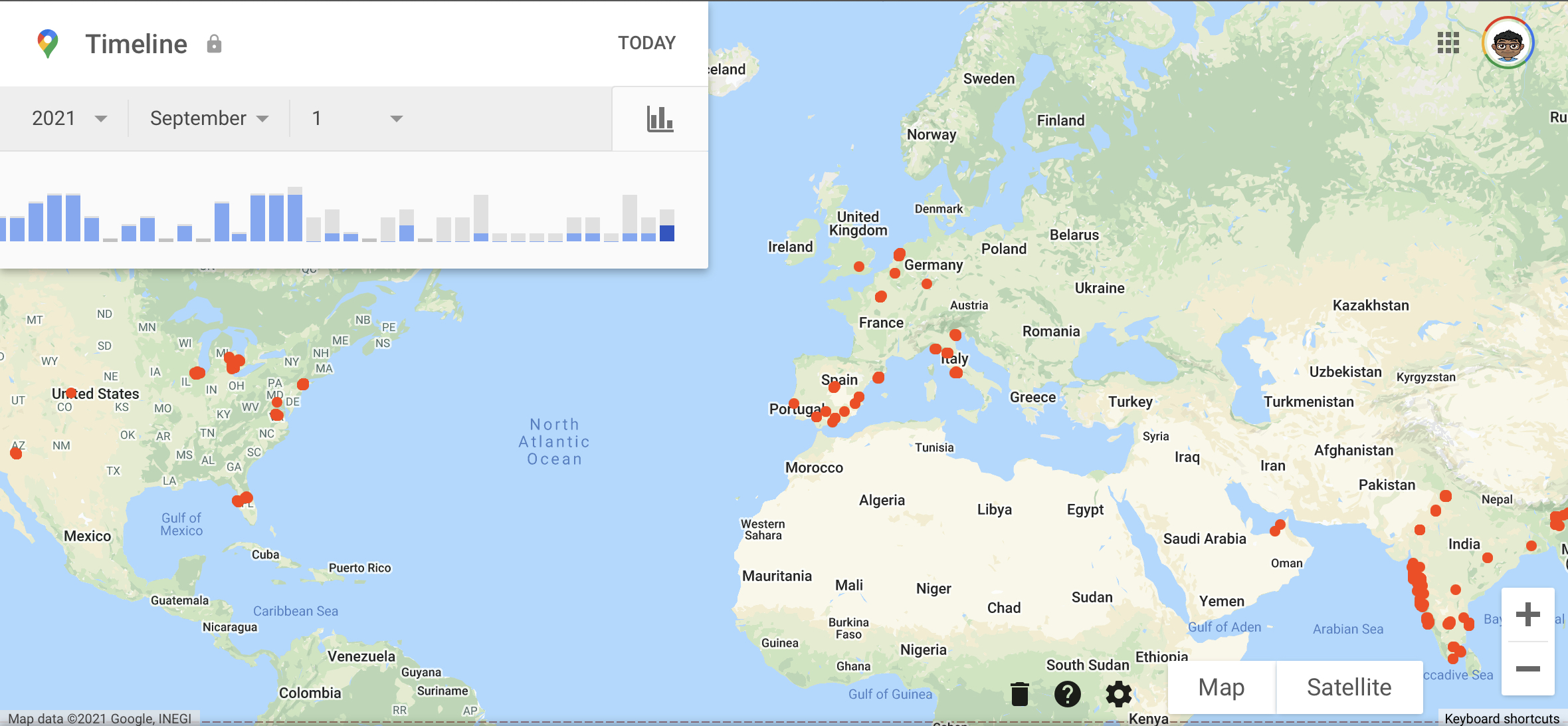 This is a view of the cities I’ve visited
This is a view of the cities I’ve visited